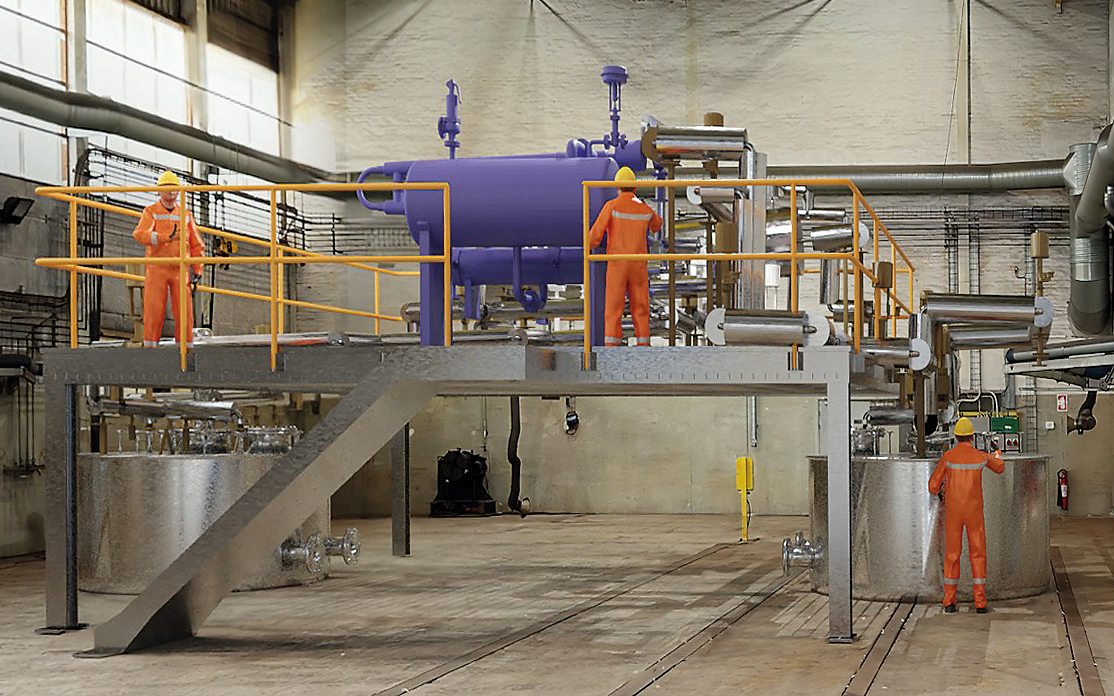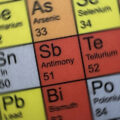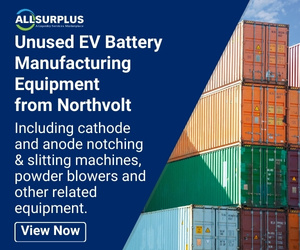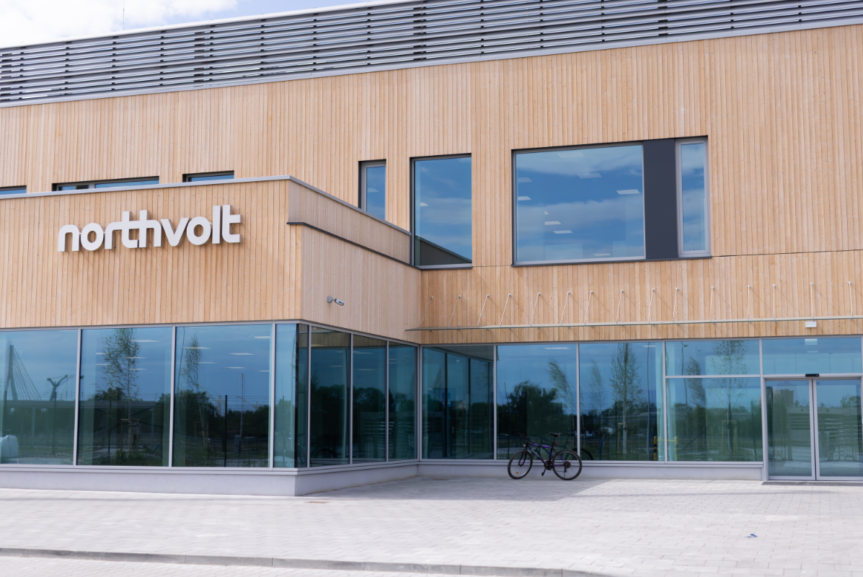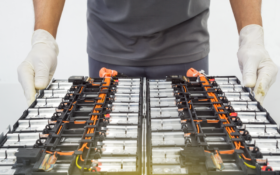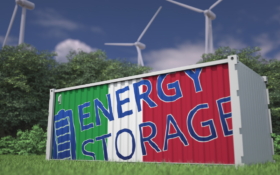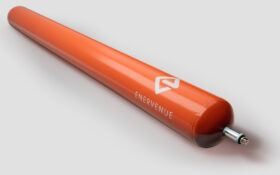Denmark’s Hyme Energy is a spinoff from nuclear technology company, Seaborg Technologies. It was established in 2021, as Seaborg Technologies’ extensive research work on molten salts led to new insight into sodium hydroxide chemistry. Andrew Draper talks to its CEO, Ask E. Løvschall-Jensen.
Løvschall-Jensen explained that the high energy density of sodium hydroxide makes it an exceptional material for storing large amounts of energy. Even at gigawatt-scale, a Hyme plant is still relatively compact compared to other energy storage technologies. The salt also remains stable at much higher temperatures. That enables Hyme to store energy at up to 700°C, while other molten salts can only go up to 525°C, he said.
The result is a storage plant that can store large amounts of energy with a limited footprint, and flexibly dispatch high-temperature steam (up to 650°C) that can be used directly in an industrial process or to produce electricity and heat.

Abundant, sustainable and cheap
Beside its interesting thermal properties, sodium hydroxide is also abundant, sustainable and cheap. It is produced from salt-water and is available through a global supply chain.
Sodium hydroxide has not been considered as an energy storage material earlier because it is highly corrosive, according to Løvschall-Jensen. Hyme and Seaborg are working to develop a proprietary chemistry control system to stop the corrosion. The company believes this core innovation will enable it to leverage the thermal and financial benefits of this material for energy storage.
Løvschall-Jensen believes Hyme will be cost-competitive in providing large-scale energy storage solutions for utility companies and large industrial energy consumers. He said: “We can build plants with storage capacities going from 100MWh to 1GWh. This means a constant dispatch of 10–100MW of energy for ~24 hours. That is enough to cover the energy consumption of some 100,000 households or medium to large industrial plants.”
A Hyme storage plant comprises two tanks containing molten sodium hydroxide: A cold tank at 250–350°C and a hot tank at 600– <700°C. When charging, the cold salt is pumped through the electrical heaters to the hot salt tank. Power comes either from the grid or from direct cabling to wind or solar. During discharge, the hot salt is pumped through the heat exchanger to generate steam, then transferred back to the cold tank.
Hyme is involved in a demonstration plant in Esbjerg, Denmark. The MOSS project (MOlten Salt Storage) is a consortium of partners – including Aalborg University – with whom Hyme will build its first demonstrator storage facility. The plant will be commissioned later this year.
Another project, funded by the EU’s Horizon 2020 programme for climate innovation, is on the Danish island of Bornholm. Called 2LiPP, it will demonstrate a scalable hybrid storage system designed to support combined heat and power plants.
Hyme will build a 10–15MWh demonstration storage plant there, due to start operations in 2025, to partially replace a fossil fuel-based boiler. The storage plant will be installed within the existing biomass power plant and integrated into its operations.
Last November, Hyme signed a co-operation agreement with Vietnamese company PECC2 to develop at least 2GWh of thermal energy storage by 2030 and at least 6GWh by 2035.
Løvschall-Jensen sees a huge market for energy storage, with room for many players. “The market outlook is enormous. There’s room not just for us but other players too,” he said.
He sees Hyme’s system as a good complement for lithium-ion batteries. Batteries are good for peak shaving, with up to four hours’ discharge, but the Hyme system is “significantly cheaper,” he said. The cost, he said, is less than half the cost of lithium-ion batteries for 10+ hour discharge systems.
Claim of 88–90% round-trip-efficiency
Market analysts say thermal storage systems have a relatively modest 50–70% conversion efficiency to electricity. This is less than the 80–90% efficiency for lithium-ion batteries or 70–85% for pumped hydro power.
Løvschall-Jensen said when they quote roundtrip efficiency, it is total efficiency (loss) from the power into the total energy (power and heat) discharged. “We typically expect 88–90% for cogeneration,” he said. The measure is the total loss from when salt is heated where power is converted to heat with ~1% loss, the thermal loss from the tanks (~1% per day), the loss in the steam generator when discharging (~8%, which could be reduced at greater cost) and then the remaining loss from house-load (pumps, heat tracing etc).
He added the house-load and heater efficiencies can be calculated to the precision needed. The heat loss is dependent on both operations mode and the cases that reach 90% round-trip efficiency require constant discharge patterns. The efficiency of steam production largely depends on temperature and pressure requirements.
“Our round-trip-efficiency is the total efficiency including all loss of energy from power-in to combined heat and power extracted from the storage system,” he said. “The low house-load comes from the fact that the viscosity of hydroxides is low, while the energy density is very high, so the pumping requirements are lower than other salts and an order of magnitude smaller than for gas/air.”
DOE programmes
The US Department of Energy has launched a series of funding programmes to develop research and deployment within energy storage. The aim is to achieve 90% cost reductions for technologies that can provide 10 or more hours of energy storage within a decade.
Thermal energy storage is one of 10 areas identified in its Storage Innovations 2030 initiative. Specific aims include identifying a pathway to electricity costing $0.05/kWh.

